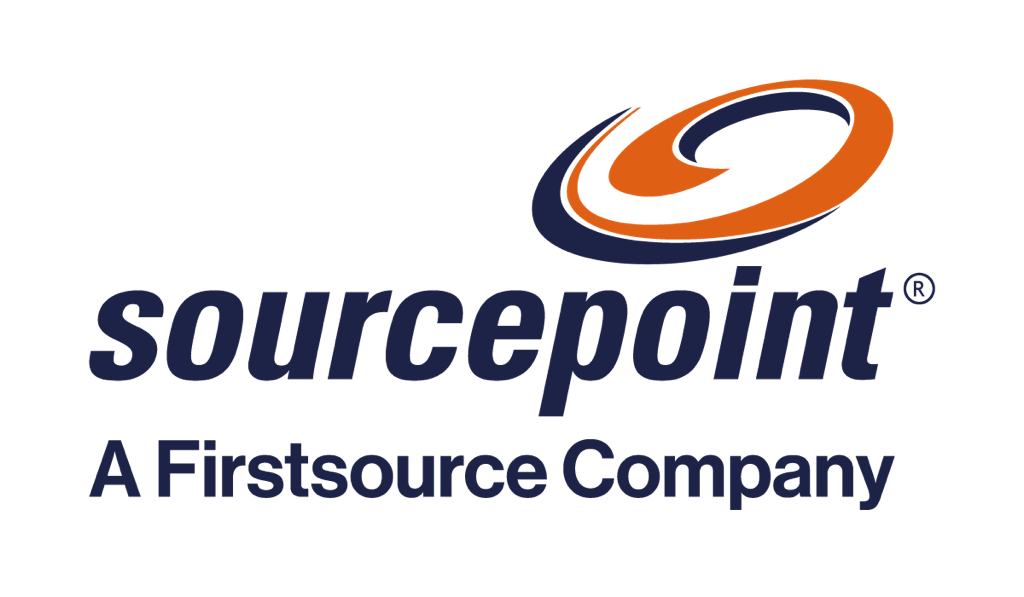Today’s financial services institutions are under increasing pressure. Growing consumer confidence, regulatory change and the rise of fresh-faced fintech start-ups means competition in the space is stiffer than ever before. As a result, businesses are having to work harder and smarter to attract and retain clients. A huge part of this work has focused on leveraging technology and how banking services can expand their digital offer. The digital revolution has fundamentally changed the way businesses operate for their customers, and retail banks in particular are increasingly moving online due to consumer demand. Most recently, the focus has been on automation and artificial intelligence – particularly their potential for elevating the customer experience. Several banks have been dipping their toes in the chatbot water. Capital One, for example, recently launched their chatbot “Eno”, which lets customers text to see their balance, transaction history, and pay bills. But automation can also be used for more than straightforward customer management. The technology has the capability to unlock value across a range of business functions. RPA can be especially useful in transforming complex and time-consuming back-office processes, which in turn will allow companies to free up employees to focus on more value-added work. RPA is hugely beneficial to commercial finance divisions, for example, where efficiency and cost-effectiveness is of paramount importance. And in such a heavily regulated industry, technology also eliminates room for human error. Needless to say, integrating automation is a significant undertaking. While the specifics will depend on the business, the space they operate in, and the extent to which they are aiming to automate their processes, there are three critical ingredients for a successful RPA transformation.
Strategic fit
The first – and perhaps most important – is that RPA must be a strategic fit for the company. Automation needs to be understood not as a process but as a strategic capability that increases business value. This re-engineering is vital to increasing the impact of automation and maximizing ROI, and therefore demands due diligence. Understanding which processes will deliver the biggest business benefit when automated and following the roadmap accordingly will be key to success.
Buy-in
Next, there also needs to be buy-in for transformation and automation from the C-suite. Cultural adoption may often require education and careful articulation of the business benefits of the solution. The lack of internal support at a senior level can be a major stumbling block to implementation.
Engagement
Legacy IT systems and resistance from existing IT departments can often be a barrier to transformation and automation. To avoid potential opposition, automation adopters will do well to focus on IT engagement from the get-go. Bringing the IT function on board at the beginning of the automation journey will help set a clear roadmap for transformation and identify any potential roadblocks that lie ahead. Of course, automation is no small undertaking. While the steps outlined above form the backbone of the transformation, it isn’t often as simple as 1,2,3. However, businesses have much to gain from RPA – and by integrating it where appropriate, banking services can strategically use technology to drive finance forward. This article is written by Siddharth Parashar, Head- Europe business at Firstsource Solutions, originally published at Finextra.
Featured Resource
Download our eBook ‘5 reasons we are able to guarantee business transformation outcomes’ for insights on ensuring tangible results from your business transformation initiatives.










